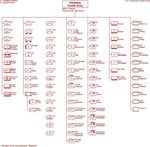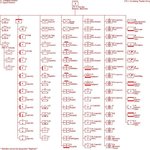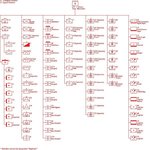Njaco
The Pop-Tart Whisperer
Some realism in your scenarios, please.
If you want realism Juha then how about you start basing your on arguments on it as-well.
Right back to the old insult you go, very typical of you when you're in a tight spot. But I'm not surprised you don't like anything axis either, also very typical of you.
Try to accept that Axis lost the war or at least keep your dreams yourself.
Can everybody stop with the sly insults?! Just state your point and move on.
Once again I see a thread being locked.








